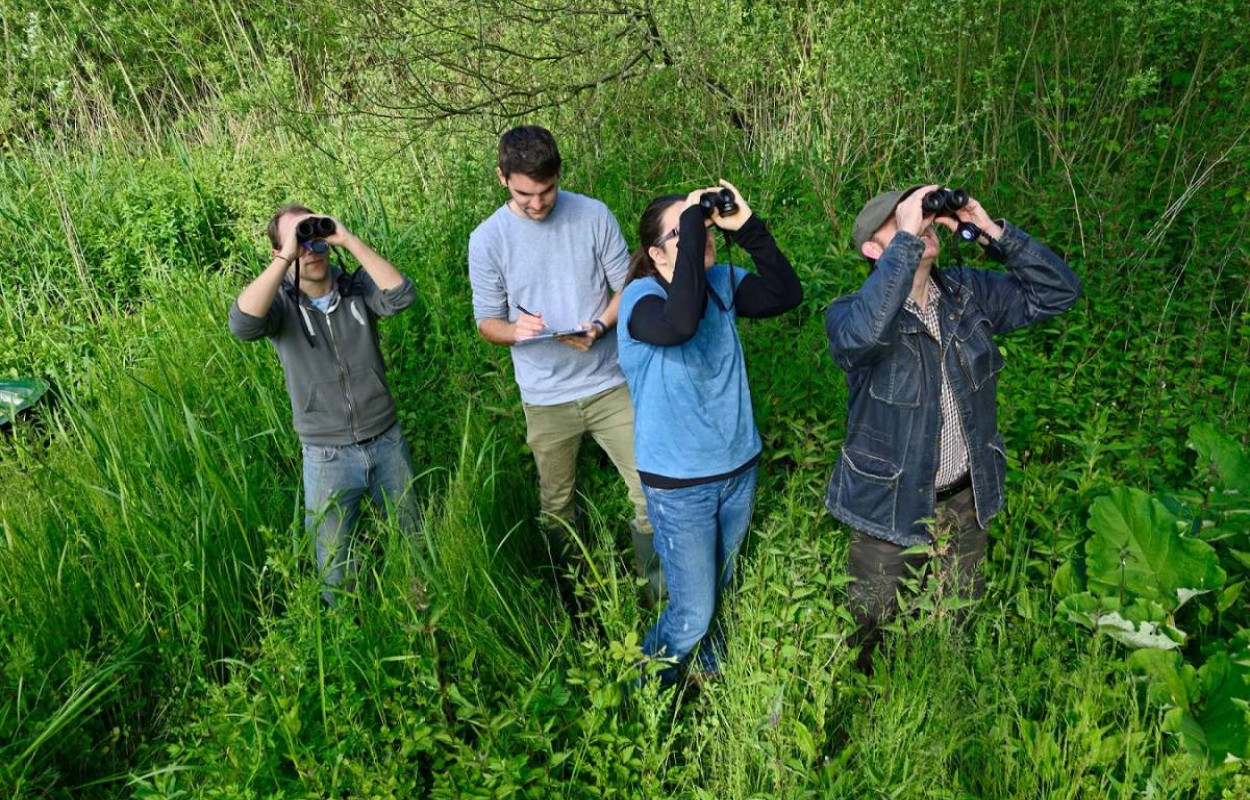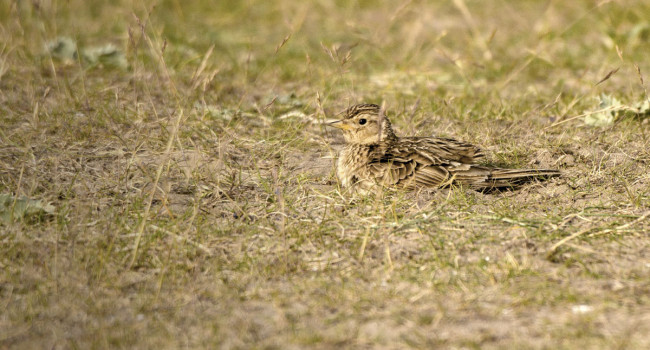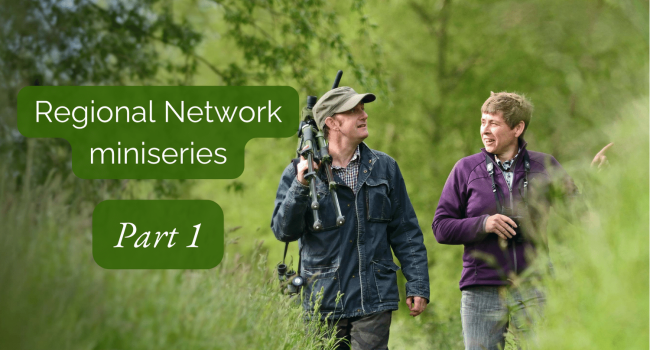Impacts of COVID-19 restrictions on capacity to monitor bird populations: a case study using the UK Breeding Bird Survey

Author(s): Gillings, S., Balmer, D.E., Harris, S.J., Massimino, D. & Pearce-Higgins, J.W.
Published: February 2022
Journal: Bird Study
Digital Identifier No. (DOI): 10.1080/00063657.2021.2019187
Abstract
Capsule: COVID-19 restrictions significantly biased BTO/JNCC/RSPB Breeding Bird Survey coverage across the UK allowing indicative trends to be produced for approximately one third of species in England only.
Aims: To investigate the effect that COVID-19 restrictions had on participation in and coverage of the Breeding Bird Survey, and to quantify the likely impacts on population change reporting based on 2020 data.
Methods: We determined geographic, seasonal and habitat coverage for the BBS in 2020 and compared this to previous years, and quantified the scale of biases and reductions in sample size for target species. We degraded existing BBS data (1994–2019) to simulate 2020 coverage and produced population change estimates using three methods to the complete and degraded data to assess the impacts of 2020 coverage on emergent trends.
Results: In 2020, 49% fewer survey squares were visited compared to 2019. Reductions were greatest in Wales, Scotland and Northern Ireland, and in the early breeding season, with 90% fewer visits made. The few early visits completed were on atypical dates and showed marked habitat biases. Individual species were detected in 23–96% fewer squares than normal. Population change estimates derived using routine trend models were negatively biased in up to 96% of species, with errors greatest for species normally detected on early visits. Alternative trend models using visit-specific parameterisation or focussing only on late-season visits overcame coverage biases for some species.
Conclusions: Lockdown restrictions meant it was not possible to produce population trend information for UK, Wales, Scotland or Northern Ireland in 2020. Indicative long-term trends could be produced in England only for a subset of c.40 species. We recommend managers of citizen science schemes undertake similar analyses to assess the scale of coverage biases when unforeseen events cause temporary, but substantial changes, in sampling effort.
The BTO/JNCC/RSPB Breeding Bird Survey began in 1994, and monitors the population changes of common and widespread breeding bird species across the UK. In a normal year almost 3,000 volunteers survey their randomly selected 1-km squares twice each spring.
In 2020, due to COVID-19 restrictions, which began with a UK-wide lockdown on 23 March, 49% fewer survey squares were visited compared to 2019. Reductions were greatest in Wales, Scotland and Northern Ireland, where lockdowns lasted longer than in England. In those countries 90% fewer visits were made in the early breeding season compared to previous years.
Once restrictions were lifted, many surveyors leapt at the chance to resume their surveys, and scientists at BTO were keen to explore how best to use these data, despite their limitations, so that population trends for our breeding birds could still be assessed as well as possible. To be able to draw conclusions from the 2020 data, they first took results from previous years and ‘degraded’ them, so those years only contained equivalent data to that submitted in the 2020 breeding season. They then compared the trends that emerged from these degraded data with the true trends published from the 2019 data. This gave a clear idea of the species for which the 2020 coverage caused problems, and helped to identify methods that worked for some species.
After this process, they were able to draw long-term trends for around 40 species in England, with several headlines echoing those of previous years. For example, Turtle Doves have still suffered the largest population decline since 1995, and Red Kites are still thriving. Importantly, this meant that policymakers still had something to base their decisions on despite the paucity of data for that year.
Given the limitations, all the trends in the 2020 report should be treated with caution, but this work demonstrates how analyses can assess and address coverage bias in similar citizen science surveys that due to unforeseen circumstances may end up with gaps in data.











Share this page